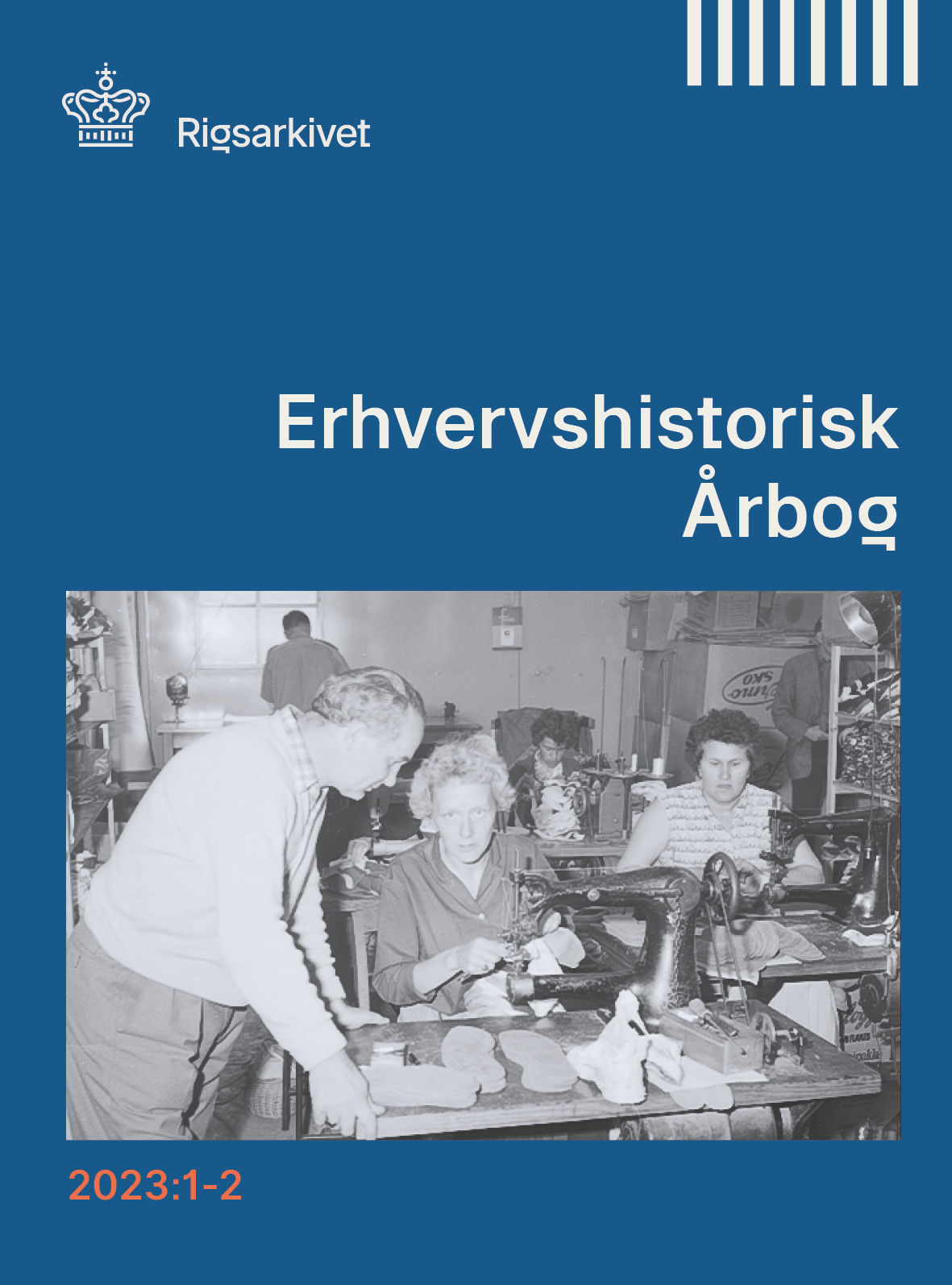Politik og erhverv i Løgstør i 1960’erne
Resumé
Vesthimmerland gennemgik i 1960’erne og 1970’erne store forandringer. Jernbanerne, der havde været en drivende kraft i udviklingen af området fra slutningen af 1800-tallet til midten af 1900-tallet, forsvandt eller blev reduceret til godsbaner med ganske få afgange. Landbruget blev efter 2. Verdenskrig mekaniseret og efterlod landbrugsmedhjælperne med få muligheder for beskæftigelse. Som hjælp indførte staten egnsudviklingsstøtten, så landkommunerne og de mindre byer kunne søge midler til udflytning af industrivirksomheder fra de større byer, hvor der var mangel på arbejdskraft. Hermed var det muligt at beholde arbejdskraften fordelt over hele landet i stedet for en endnu større centralisering rundt om de større byer. Byrådet i Løgstør og Løgstør Erhvervsråd var succesfulde i bestræbelserne med at få del i egnsudviklingsstøtten i lighed med nabobyen Aars. Det lykkedes at opføre industrihuse til nye virksomheder og en københavnsk køkkenelementfabrik flyttede hele produktionen til Løgstør og kunne opføre en stor fabrik ved hjælp af støtten fra staten. Til gengæld var byrådet i Løgstør splittet i spørgsmålet om hvilken retning, byen skulle udvikle sig i, og en ellers visionær borgmester havde svært ved at realisere sine visioner på grund af interne stridigheder og modstand. På sundhedsområdet tabte man kampen om at bevare sit sygehus til Farsø, mens man måtte se ungdomsuddannelserne, så som gymnasium, teknisk skole og handelsskole blive placeret i nabobyerne Aars og Fjerritslev.
--
Politics and business in Løgstør in the 1960s
In the 1960s and 1970s, Vesthimmerland underwent major changes. The railways, which had been a driving force in the development of the area from the late 1800s to the mid-1900s, disappeared or were reduced to freight trains with very few departures. Agriculture became mechanized after World War II and left farm workers with few opportunities for employment. As an aid, the state introduced regional development aid so that rural municipalities and small towns could apply for funds for the relocation of industrial businesses from the larger towns where there was a shortage of labour. This made it possible to keep the labour force distributed throughout the country instead of an even greater centralization around the larger cities. The city council in Løgstør and Løgstør Business Council were successful in their efforts to get a share of regional development aid in the same way as the neighbouring town of Aars. Industrial houses for new companies were built and a kitchen element factory moved their entire production fra Copenhagen to Løgstør and was able to build a large factory with the help and support from the state. On the other hand, the city council in Løgstør was divided on the question of which direction the city should develop, and an otherwise visionary mayor had difficulty realizing his visions due to internal strife and opposition. In the health area, they lost the battle to keep their hospital to Farsø, while they had to see youth education, such as high school, technical school and commercial school being located in the neighboring towns of Aars and Fjerritslev.
Downloads
Publiceret
Citation/Eksport
Nummer
Sektion
Licens
Ophavsret til artikler publiceret i Erhvervshistorisk Årbog er fastlagt i henhold til den modelaftale, License to publish, som UBVA har offentliggjort under rubrikken Ophavsret og forskningspublicering. Indsendelse af en artikel til Erhvervshistorisk Årbog indebærer en accept af dette. Modelaftalen kan findes ved hjælp af dette link: http://www.ubva.dk/Forside





